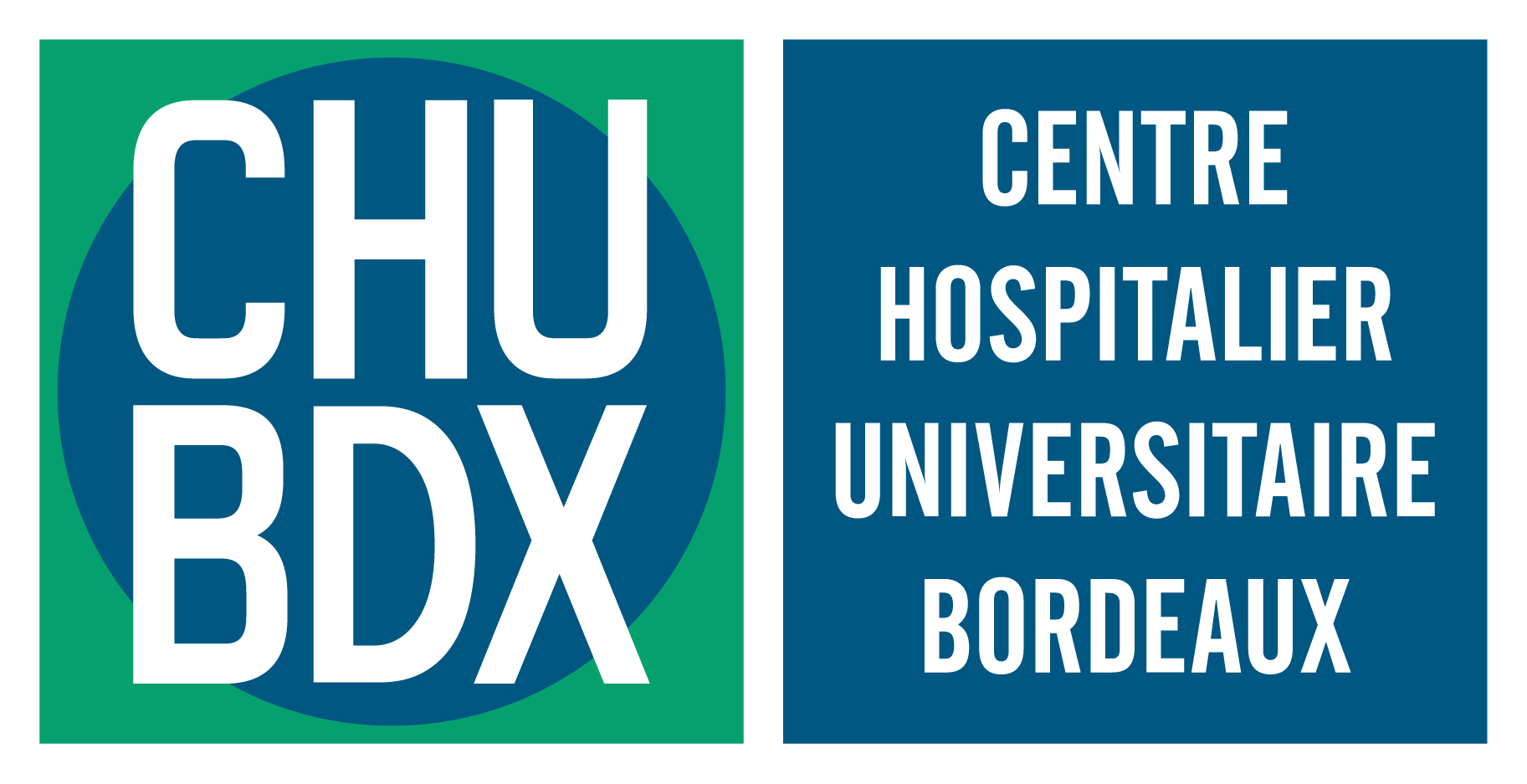About us
With a consortium of 35 partners, QUANTUM is an EU-funded project that aims to create a common label system for Europe that guarantees the quality and utility of datasets for scientific and health innovation purposes. These labels will enable researchers, policymakers, and healthcare professionals to identify high-quality data for research and decision making.

The challenge
Differences in data quality, standards and interoperability
Different countries and health data actors in the EU collect and store health data in different ways. This makes it hard to create a uniform system that ensures all data is of high quality and meets the standards set by the European Health Data Space (EHDS) regulations. Similarly, the technology used to manage and share health data varies between different countries and organizations, which adds an additional obstacle for different systems to work together seamlessly.
Our mission
Data you can trust
QUANTUM focuses on making health data more reliable and useful. The QUANTUM labelling mechanism will ensure that data meets high standards and that there’s and EU harmonisation of health datasets, which will translate into more reliable outcomes for research and scientific health advancements.
The QUANTUM labelling system & the EHDS
QUANTUM’s objective is to create a common label system for Europe that will allow its use in all countries for scientific and health innovation purposes. These labels will enable researchers to use data with a notion of the quality and utility that will ensure that their research and innovations are effective and provide value to society.
This will follow the standards set in the Article 56 of the European Health Data Space (EHDS) Regulation proposal, which mandates labelling health datasets within the EU to show their quality and usefulness. This initiative promotes transparency and trust in health data sharing across the EU for secondary purposes, benefiting research, innovation and healthcare systems as a whole.

What does secondary use of health data mean?
Secondary use of health data refers to using health information collected from you, like your doctor’s visits, treatments, or test results, for purposes other than your direct medical care. This data could be used for other beneficial activities, such as medical research to discover new treatments, developing innovative health technologies, making health policies, improving patient safety, or helping with the regulation and oversight of medicines and treatments. It’s all about using existing health data to improve or innovate in healthcare beyond individual care.
Synergies with EU initiatives
QUANTUM builds on the TEHDAS and the EHDS2 pilot. To achieve this, a key component of the project is working for exchanges and synergies with currently existing EU initiatives on the secondary use of health data, including:
Consortium partners
36

Assistance Publique-Hôpitaux de Paris (AP-HP) is the biggest teaching hospital in Europe, federating 39 different hospitals mainly located in Paris (France) and its suburban area.

BBMRI-ERIC brings together biobanks, researchers, industry and patients to boost biomedical research, offering quality management services, support with ethical, legal and societal issues and online tools and software solutions.

CESSDA is a consortium of 22 member countries and provides seamless access to data across repositories, nations, languages.

CHU Bordeaux is both a local health facility for the entire population of Bordeaux Metropole and the health center of appeal and expertise for the entire region of New Aquitaine.

Toulouse University Hospital is the 4th French hospital in terms of activity. It cares for around 280,000 patients and 915,000 consultations each year.

DANS is the Dutch national centre of expertise and repository for research data. With more than 200,000 datasets, it support researchers to reuse the data and make published research verifiable and reproducible.







